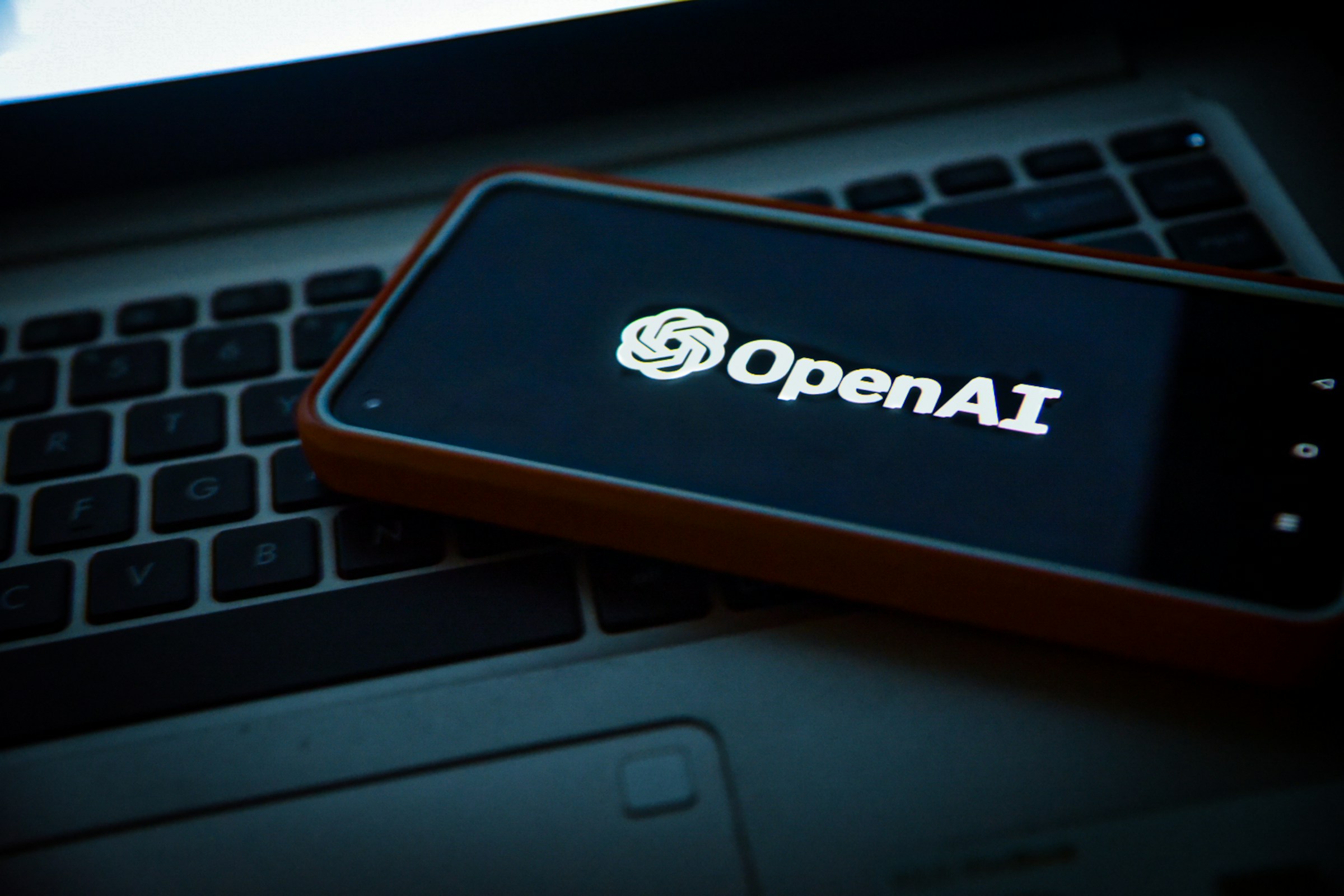OpenAI’s decision to formalize Google Cloud as a compute partner—alongside its long-standing alliance with Microsoft Azure—has raised eyebrows in both the AI development and capital allocation communities. On the surface, it appears to be a straightforward infrastructure expansion. But beneath that surface lies a structural recalibration in how compute is rationed, governed, and priced in an era of AI-induced hardware scarcity.
This is not a customer-vendor update. It’s a message to the capital markets: the AI arms race has outgrown even Microsoft’s provisioning capabilities. And in that gap, OpenAI is signaling a more neutral, liquidity-conscious posture that sovereign funds, regulators, and institutional allocators will not miss.
Since its strategic investment by Microsoft, OpenAI has relied heavily on Azure’s cloud muscle to train and serve its GPT models. The partnership was vertically integrated, capital-aligned, and technically optimized. But GPT-5 scale training isn’t a static lift—it’s a multi-month, high-variability process that demands peak compute throughput with minimal disruption. When Azure’s supply elasticity falters, even temporarily, it jeopardizes training windows and roadmap delivery.
Google Cloud’s entry does not replace Azure. It ensures that OpenAI isn’t solely dependent on one pipeline. In the old cloud model, vendor diversification was a pricing negotiation tactic. In the AI model race, it’s existential risk mitigation.
For OpenAI, this pivot reduces key man risk at the infrastructure layer. For Google, it grants privileged visibility into OpenAI’s training footprint—even if indirectly. The partnership may be narrow in scope, but strategically, it’s a recalibration of capital posture under conditions of structural compute volatility.
The bottleneck isn’t just physical GPUs. It’s orchestration, delivery, and margin compression. Frontier AI training is no longer a simple function of raw capacity—it’s a complex equation involving heat efficiency, power availability, silicon pipeline certainty, and geopolitical export controls. As labs plan multi-billion-token training runs, even slight delivery slippage on compute can derail entire model timelines.
OpenAI’s capital base, even with Microsoft’s backing, faces liquidity pressures—if not in cash, then in compute access relative to roadmap velocity. The partnership with Google doesn’t just buy redundancy. It buys timing control. And timing, in AI product cycles, is defensibility.
This shift reveals an emerging truth: in the AI infrastructure economy, control over delivery windows matters more than headline capacity. Azure’s muscle is formidable, but OpenAI is hedging that no single vendor can guarantee uninterrupted throughput in an increasingly politicized and capacity-constrained supply chain.
For capital allocators—especially sovereign funds, pension giants, and infrastructure-aligned VC—this partnership sets a precedent. Compute is no longer a back-end service line. It’s a strategic capital determinant. A lab’s cloud relationships now reflect its geopolitical flexibility, product release cadence, and capital discipline.
In high-stakes AI deployment, especially across neutral or emerging markets, being tethered to a single US vendor increasingly introduces friction. Multi-cloud strategy communicates optionality to regulators. It reassures public sector buyers that their models won’t be captive to one vendor’s policies or pricing. And it opens the door to capital flows that favor structural resilience over technical exclusivity.
Google, while a direct model competitor via Gemini, gains here too. It inserts itself into the OpenAI training loop—even marginally—and underscores its own hyperscaler relevance in an ecosystem where Azure has dominated the narrative. It also enables Google to demonstrate multi-tenant flexibility: that it can serve its own frontier model needs while supporting a rival’s compute surges.
This partnership may accelerate the segmentation of compute access into tiers. Top-tier labs, backed by major US hyperscalers or sovereign-influenced platforms, will enjoy direct integration into training infrastructure. Mid-tier labs will rely on queued access, GPU rental markets, or intermediary orchestration providers. Bottom-tier projects may be effectively priced out or delayed—irrespective of model quality.
What this cements is a vertical concentration of model scaling capability. If compute pipelines are bottlenecked, and the top AI labs are pre-purchasing capacity across multiple clouds, downstream developers are not just technically blocked. They’re structurally excluded. That exclusion isn’t incidental. It’s the new competitive moat.
This is a capital shift dressed as a cloud expansion. OpenAI’s move toward Google Cloud is less about adding muscle—and more about signaling control over infrastructure exposure. It reflects a deep understanding that in the AI arms race, model weights are table stakes. Timing, delivery, and infrastructure fluidity are the real differentiators.
For regional capital—especially sovereign allocators in MENA, ASEAN, and East Asia—the signal is clear: OpenAI isn’t betting on a single infrastructure narrative. It’s building optionality into its operating model, which may make it more attractive in geographies sensitive to hyperscaler over-dependence.
For cloud providers, the lesson is sharper: future AI partnerships will not be exclusive. They will be adjudicated based on risk posture, delivery control, and geopolitical neutrality. Infrastructure, like capital, must now prove it can flex without breaking. And for every other model lab racing toward relevance, the takeaway is stark. Compute access is no longer a budget line—it’s a capital strategy. And only those with structural redundancy will be allowed to move fast.















